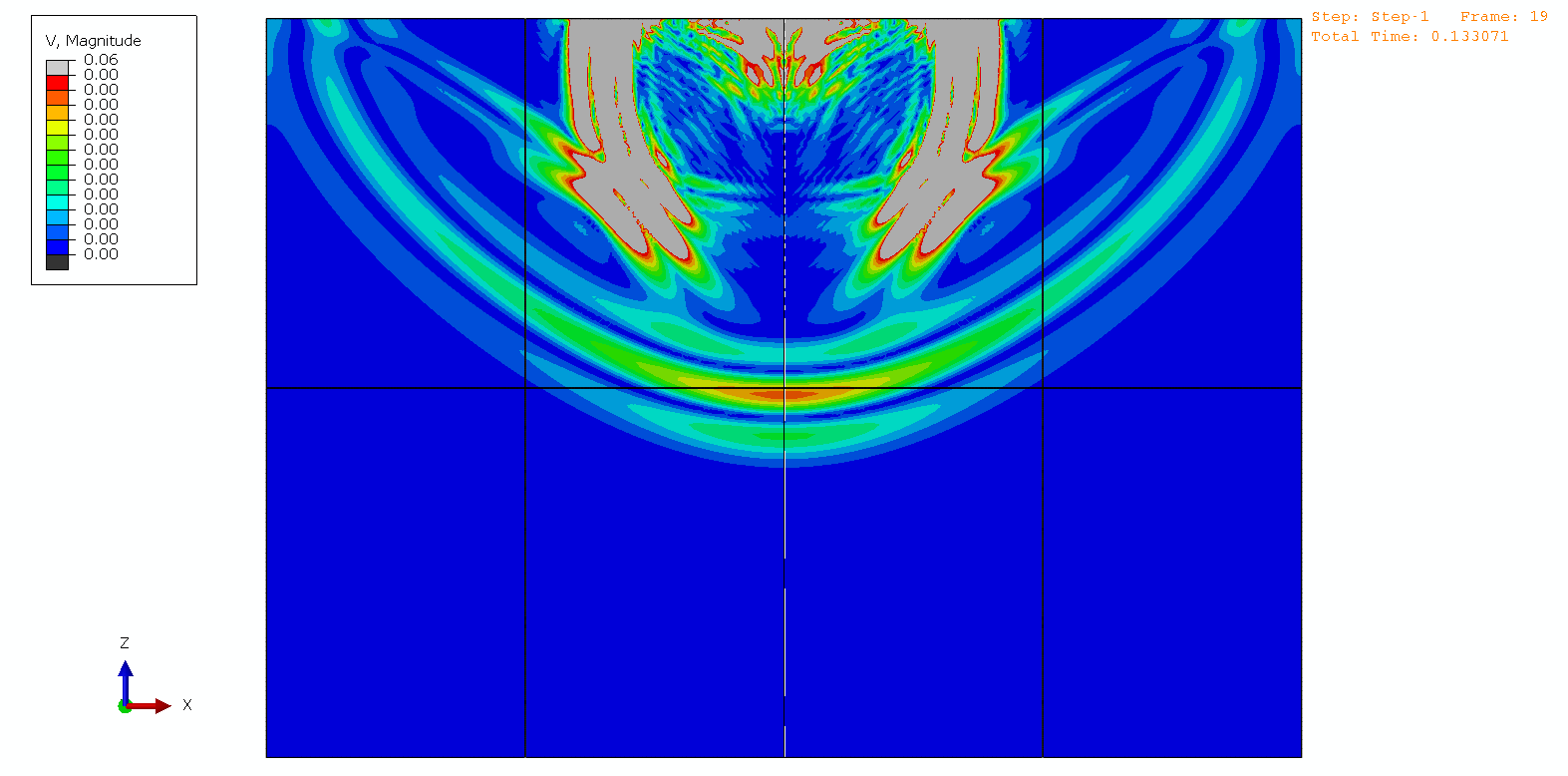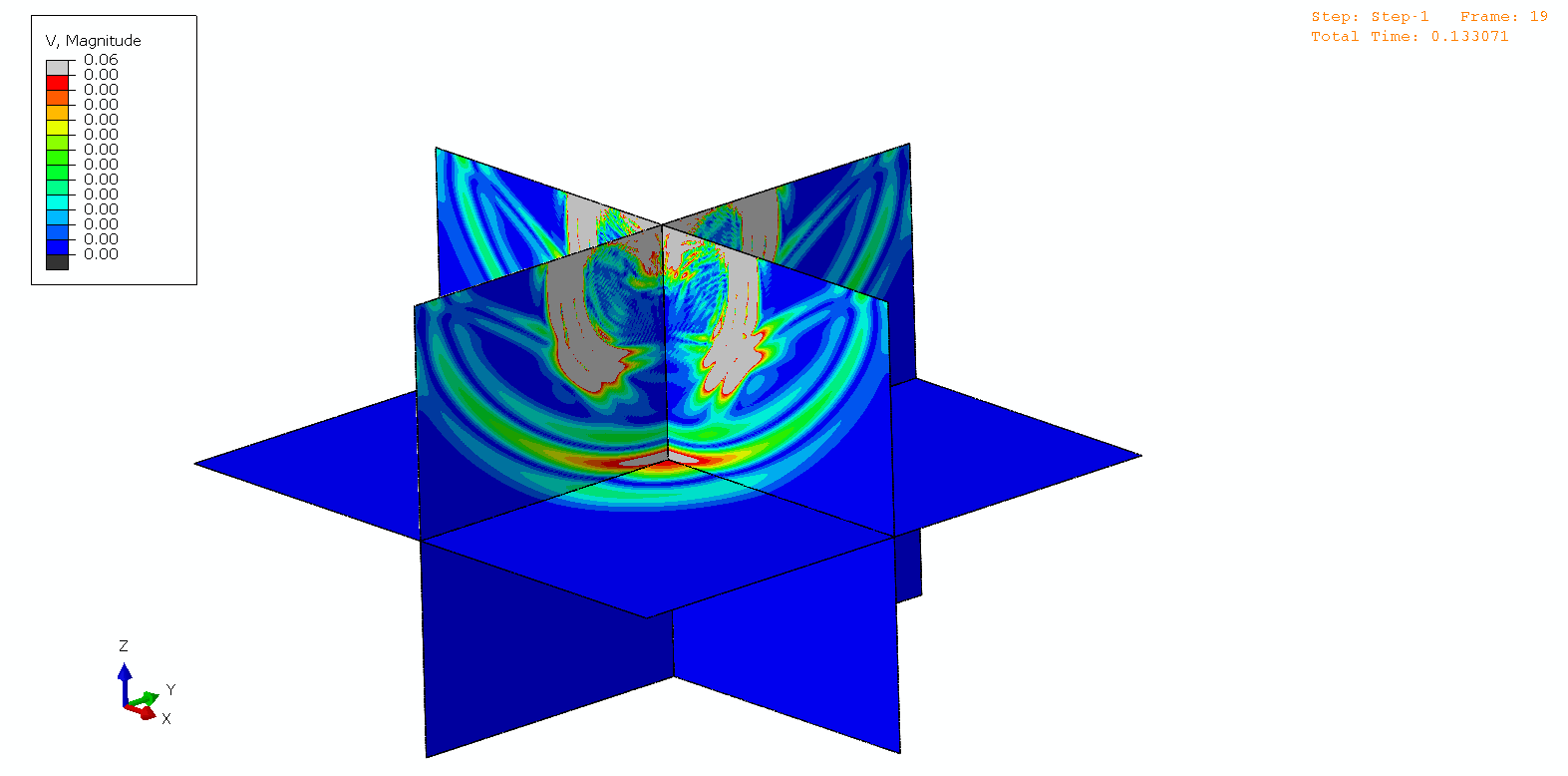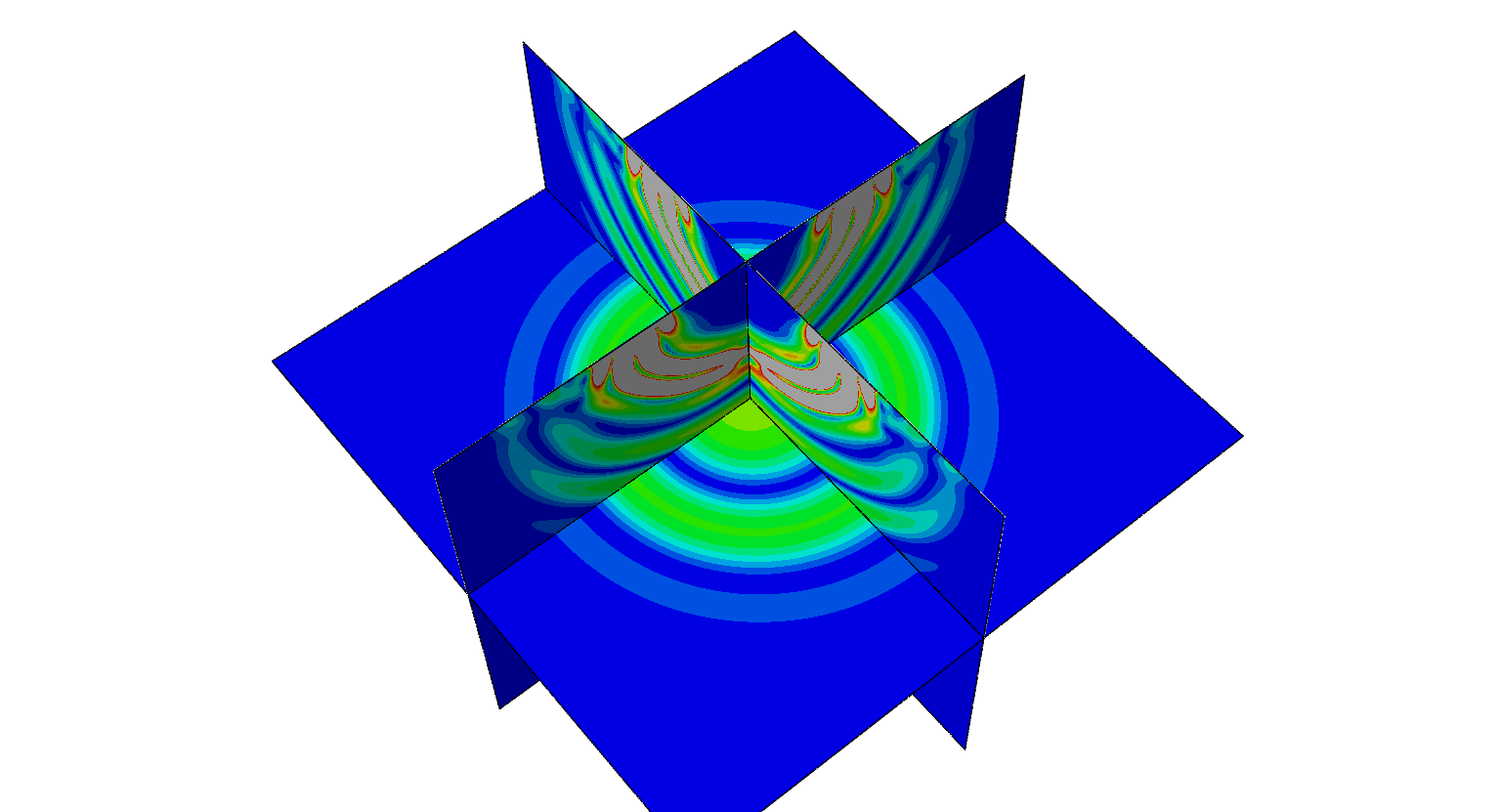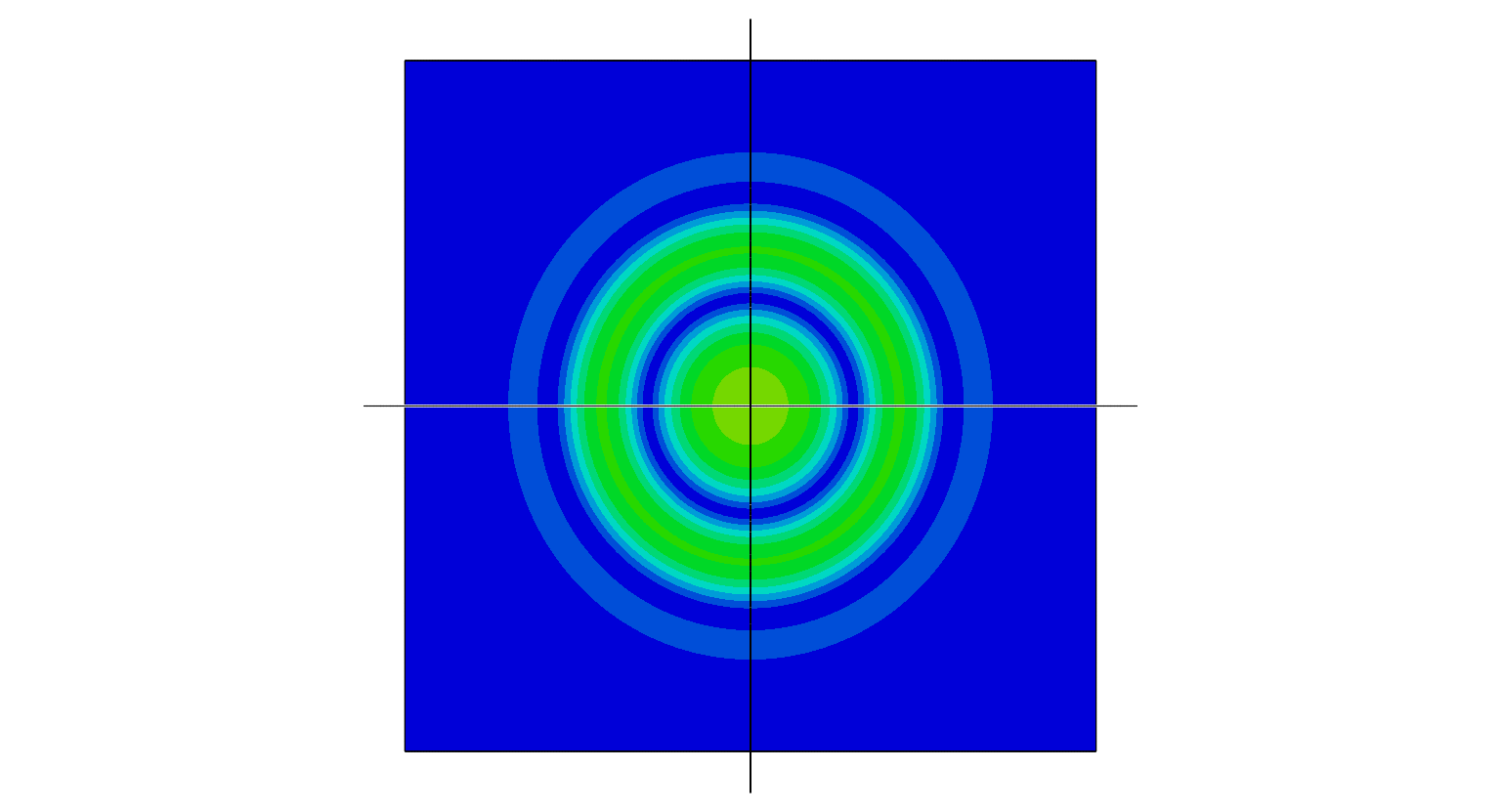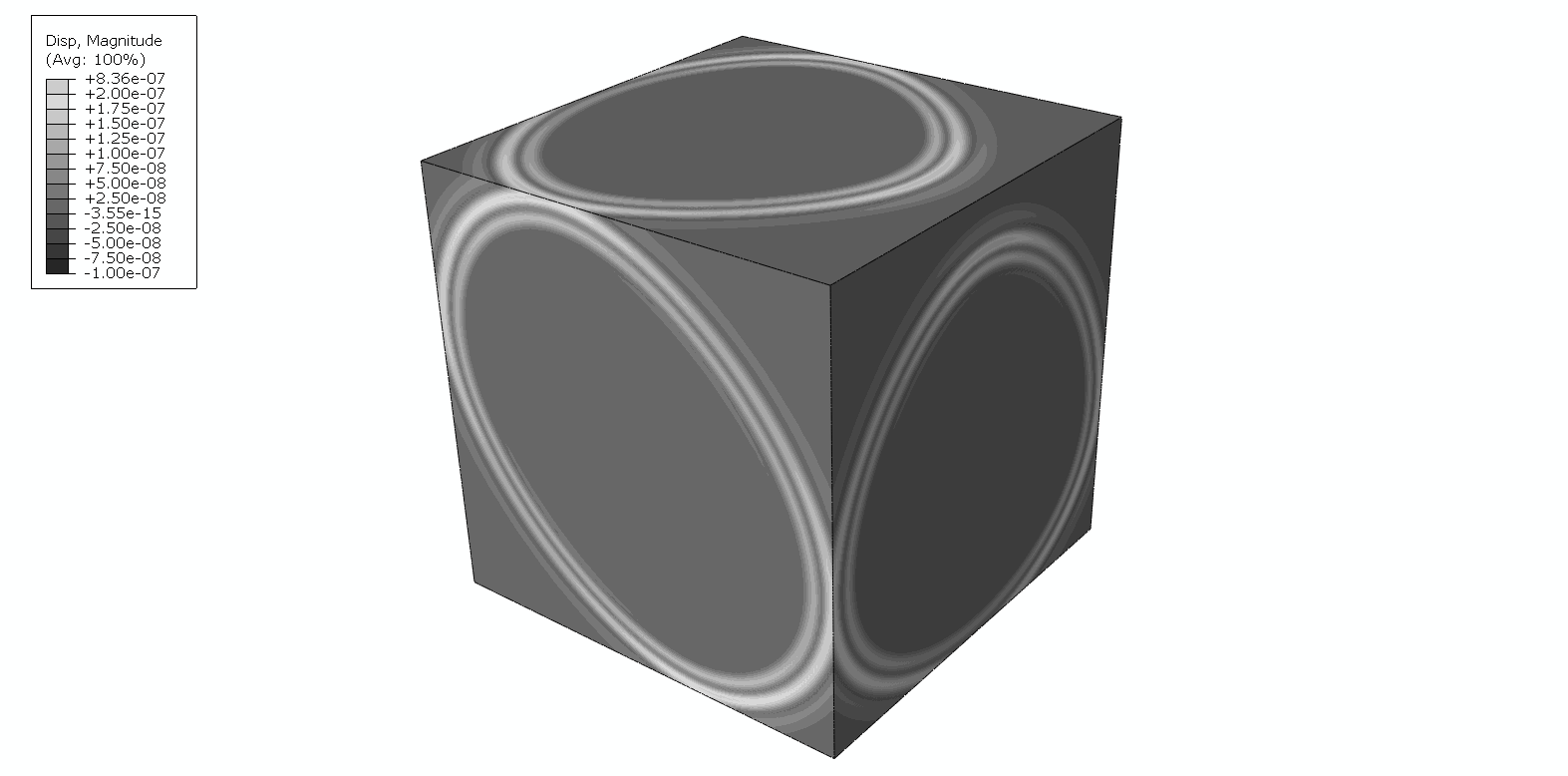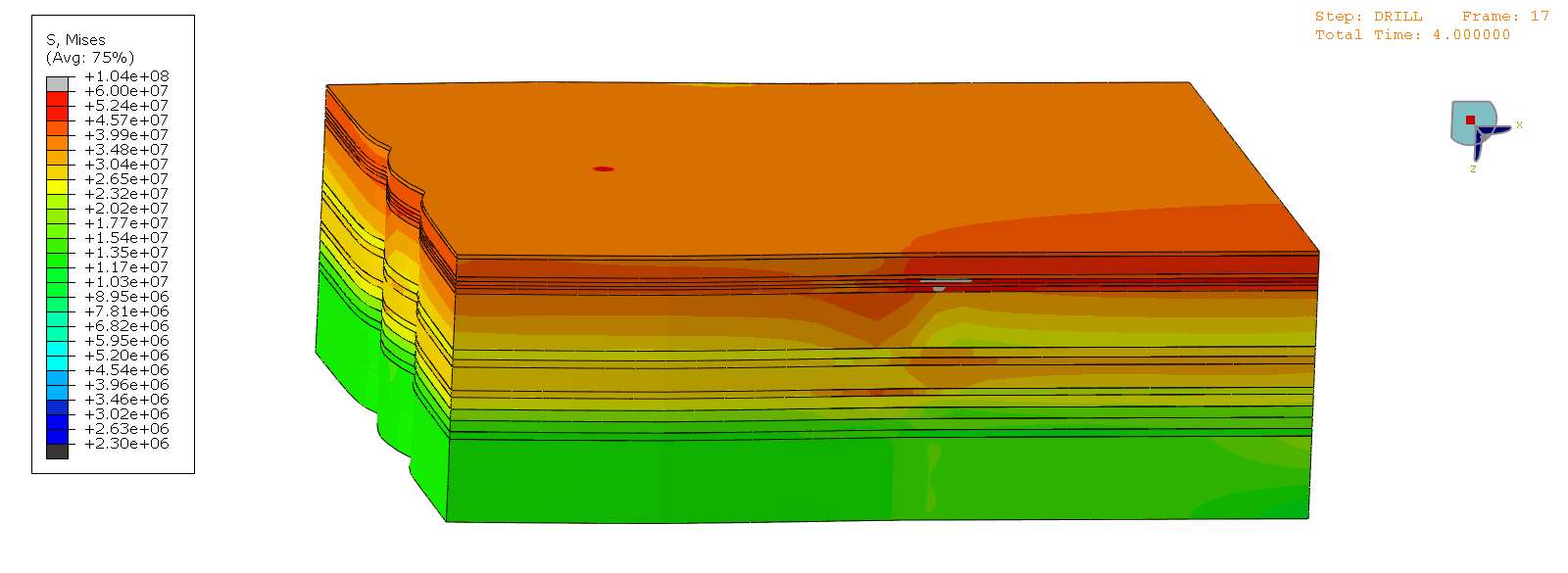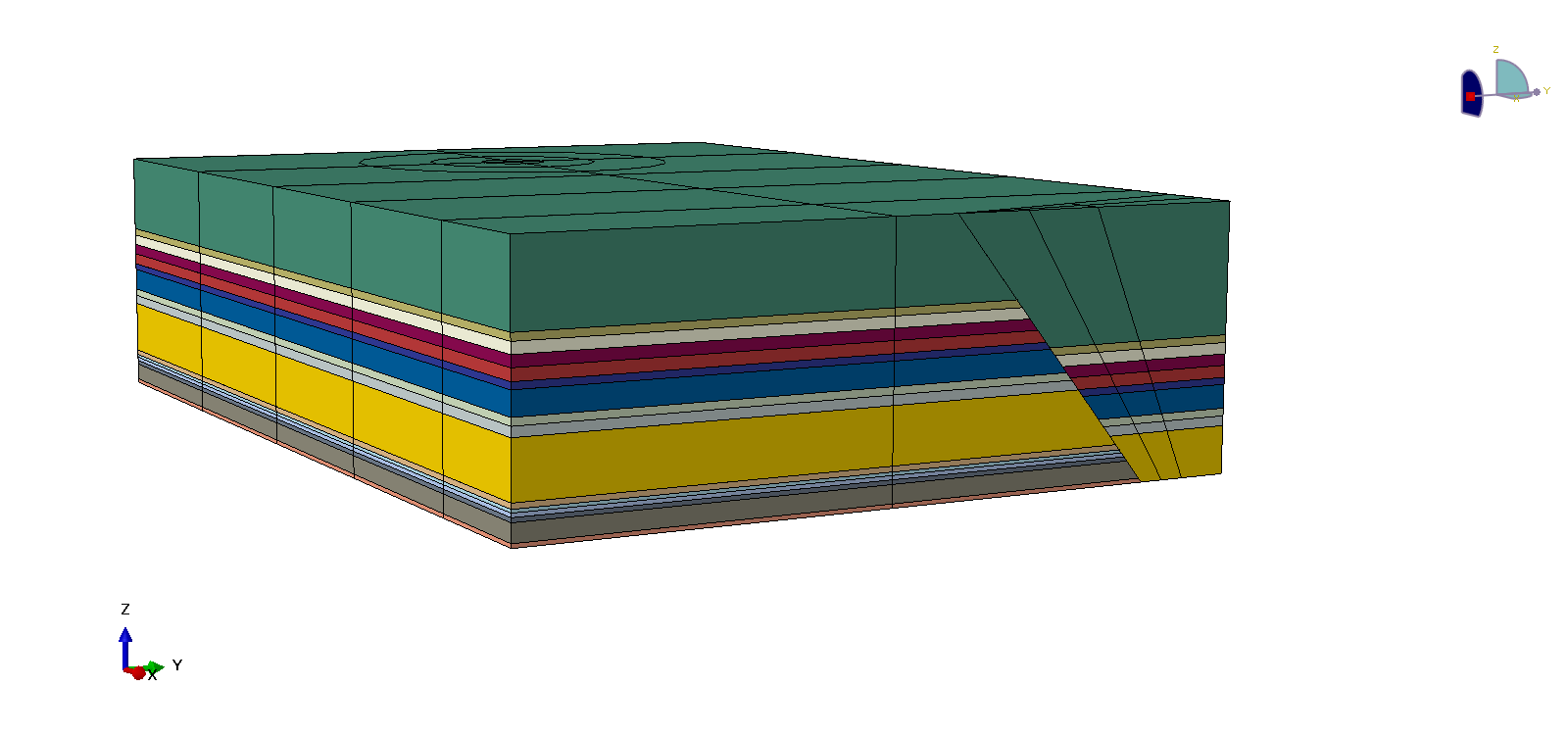Full-Wave propagation simulation. AVO and AVAz analysis.
The interpretation of seismic records requires a speed model consistent with the wave propagation medium. Non-conventional reservoirs are characterized by a strong fabric anisotropy, apart from that which might be included both in conventional and non-conventional fracture systems. The synthetic analysis of Amplitude versus Offset (AVO) and Amplitude versus Azimut (AVAz) based on the finite elements method enable to make direct and inversion models of propagation of complete wave (conversion model)
Ver mas Existing technologies of acquisition and processing of seismic data, such as cross-dipole sonic profiles, VSPs walkaround and walkaway, or seismic multicomponent (3C) allow the measurement of wave propagation in different directions. In this way, by performing speed, mitigation, AVO or AVAz analyses, a mechanical characterization of the medium anisotropy is obtained. Tections developed a tool based on the Finite Elements Method (FEM) which admits to simulate the propagation of complete wave (methods of wave conversion) generating synthetic seismograms which are sensitive to the type of anisotropy medium. This technic permits to build more accurate speed models, which are used for calibrating the different kinds of acquisitions mentioned. For example, it can be estimated the location and focal mechanism of the microseismic source by means of comparing the synthetic seismograms (full-wave inversion) with the seismograms recorded in field.
Ver Menos
Organofacies characterization, NC in-situ hydrocarbons systems evolution
The low permeability of non-conventional reservoirs suggests the need to carry out hydraulic fracturing processes. The connection of different organofacies along the column generates a mixture of hydrocarbons of different levels of maturity. Predicting its stratification and evolution along the production column requires a characterization of the chemical and mechanical organofacies.
Ver mas The organic mudrocks, which are placed in the hydrocarbons generation window are closed and over pressed systems. They present pore gauges of nanometric sizes (nm) and micrometric (um), with permeabilities which range from dozens of nanodarcys to hundreds of them. The molecules of hydrocarbons range from 0,01mm for the asphaltenes to 0,00038 mm for methane. These petrophysical properties, together with the strong intrinsic anisthropy of this kind of reservoir, result in a viable economic production to be complex. Given the complexity of these reservoir systems, the numerical system which results from integrating the different organofacies, together with pore pressure, stone index rate, thermal maturity, relative permeabilities and in-situ hydrocarbon type, permit to plan its mixture, stratification and evolution in time along the production column.
Ver Menos
Sweet Spots identification characterization of fractures and anisofacies
Sweet Spots identification requires the knowledge of the preferential orientation of the fracture natural systems and their hydraulic connection with the aim of maximizing production, reducing considerably the risks of damage formation, allowing the planning of the development and exploitation of the reservoir with higher efficiency.
Ver mas Determining the preferential orientation of the natural system of fractures and characterizing them mechanically (HTI, Ortorrombic), as well as characterizing the different anisofacies, requires the integration of the surface seismic data, seismic well data, well logs, microsiesmic, field reports, etc. The mechanical characterization is a 3D one (manufacturing anistropy and stress field). This way a model of the subsurface is obtained, which allows the simulation of different production and development policies. This increments success chances and minimize operation risks. The orientation of a horizontal well has an important impact in production and therefore it is necessary for its definition to know the preferential orientation of the natural fracture of the environment in question.
Ver Menos

